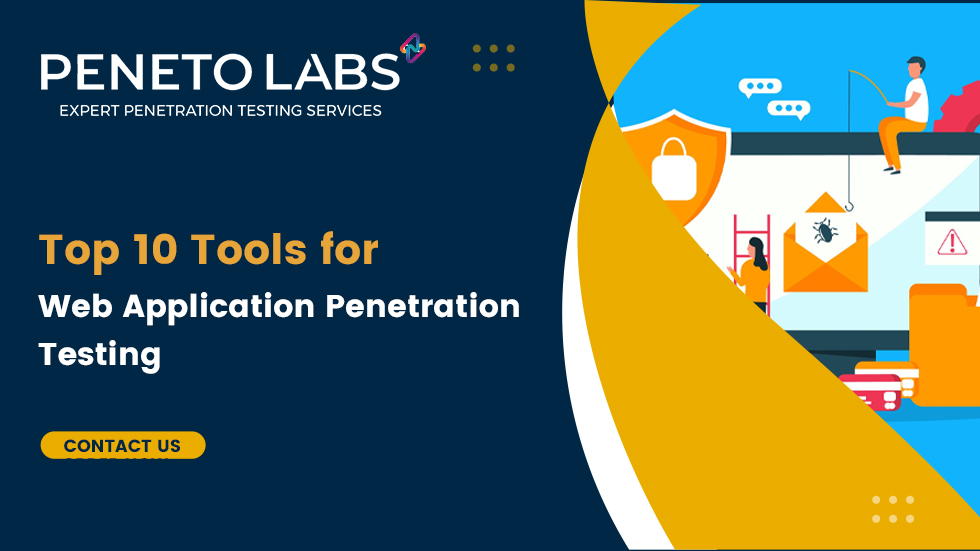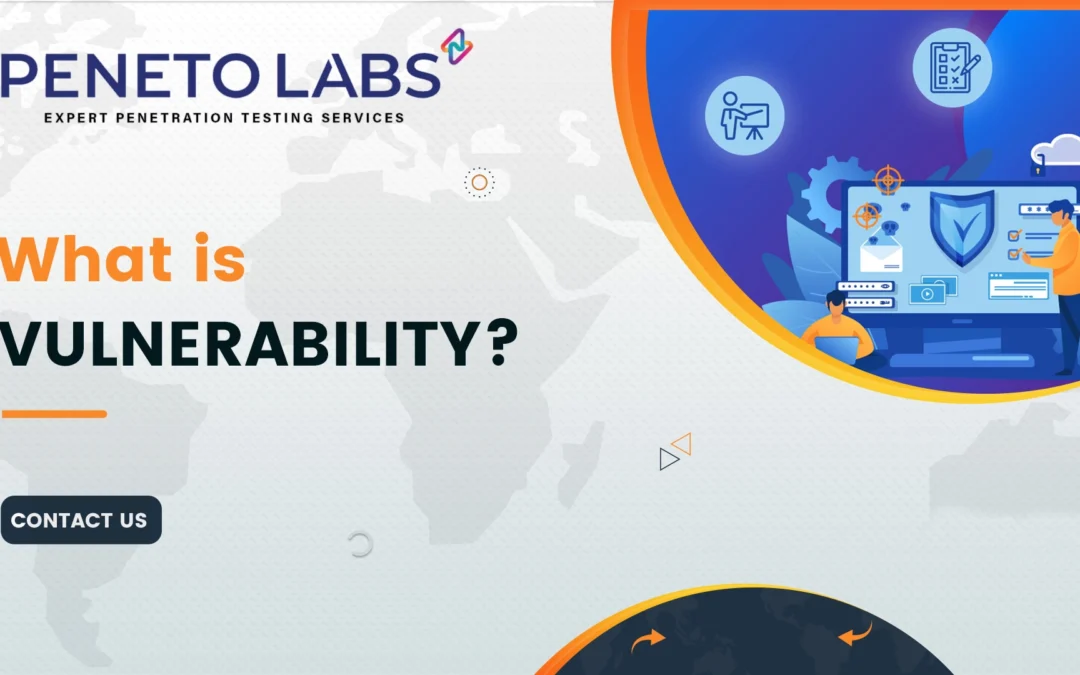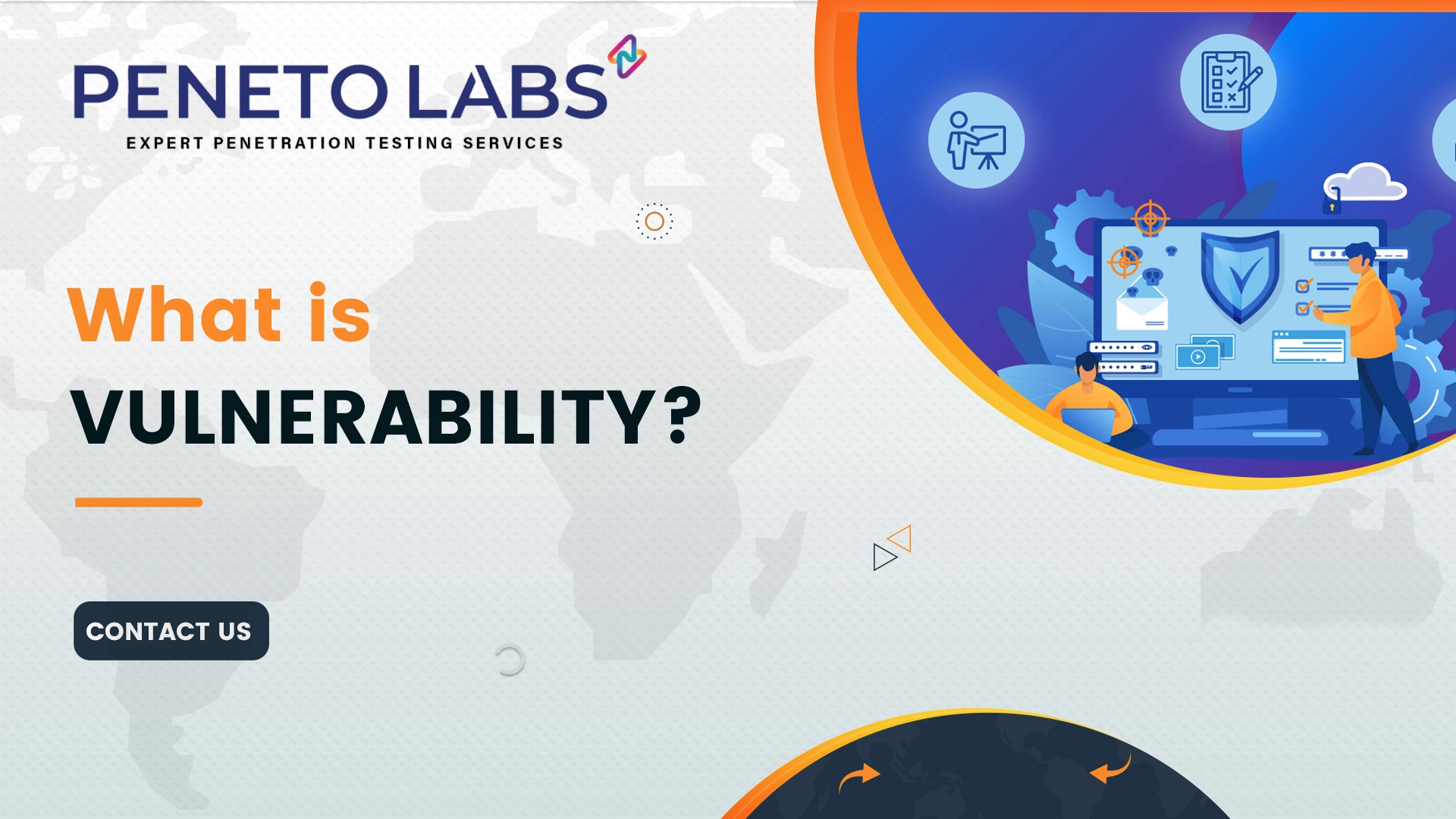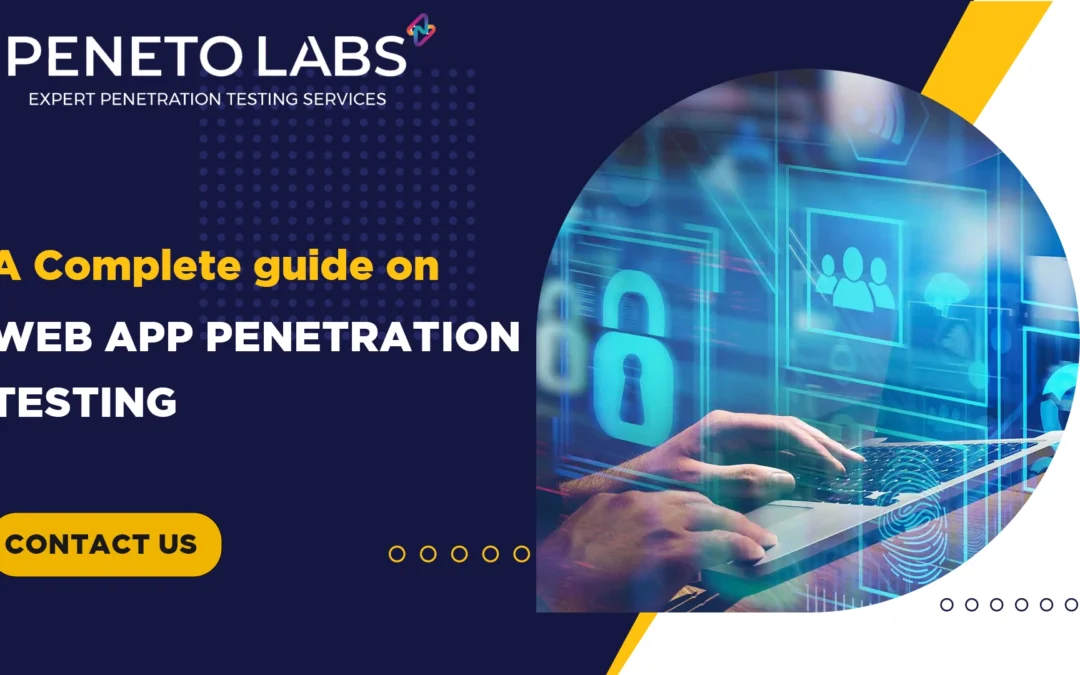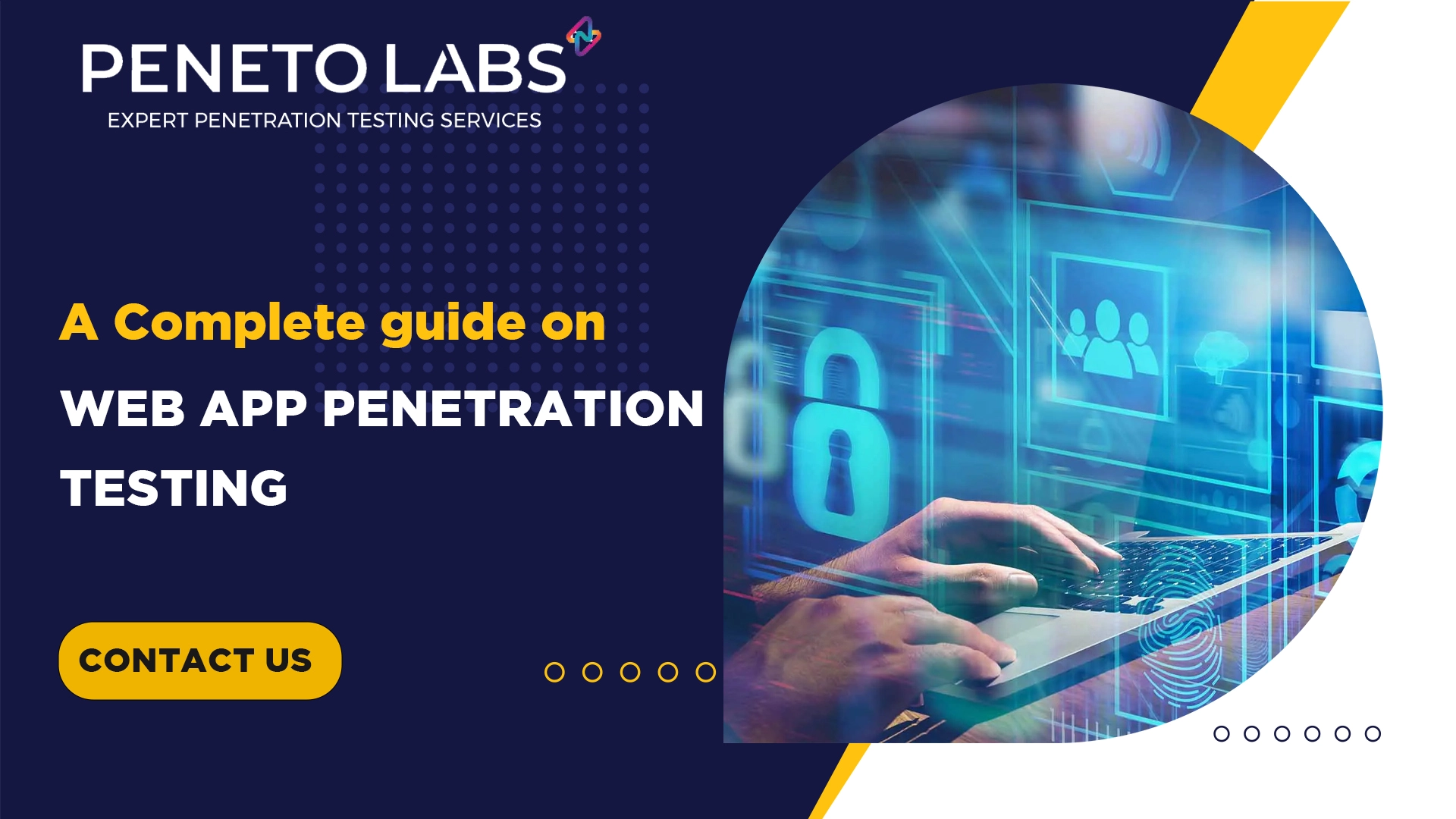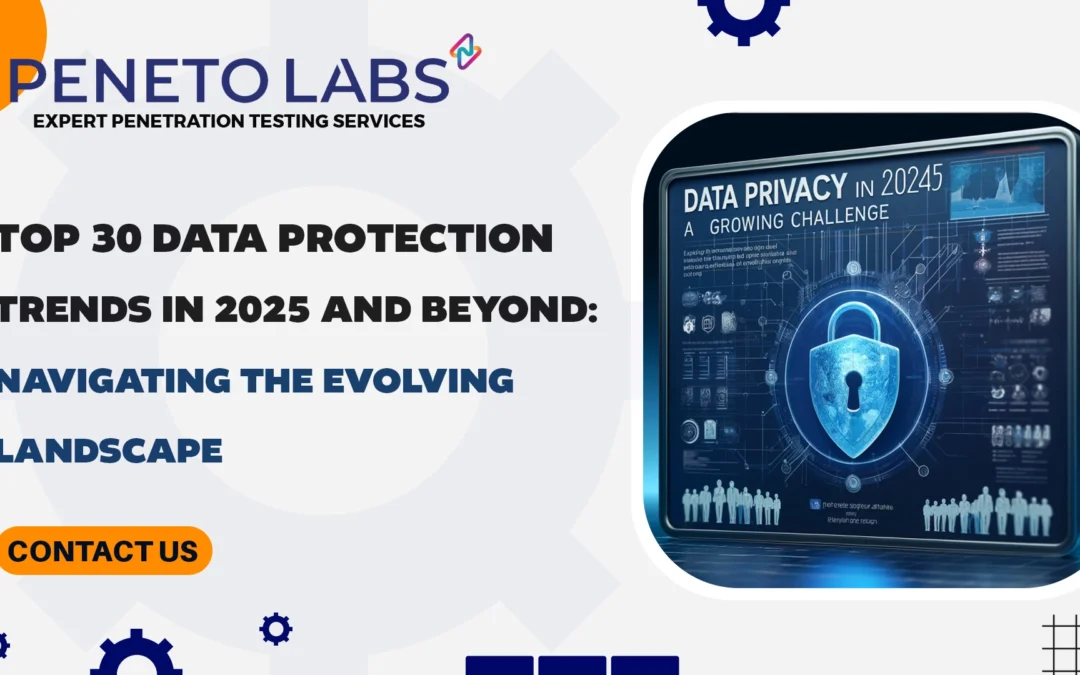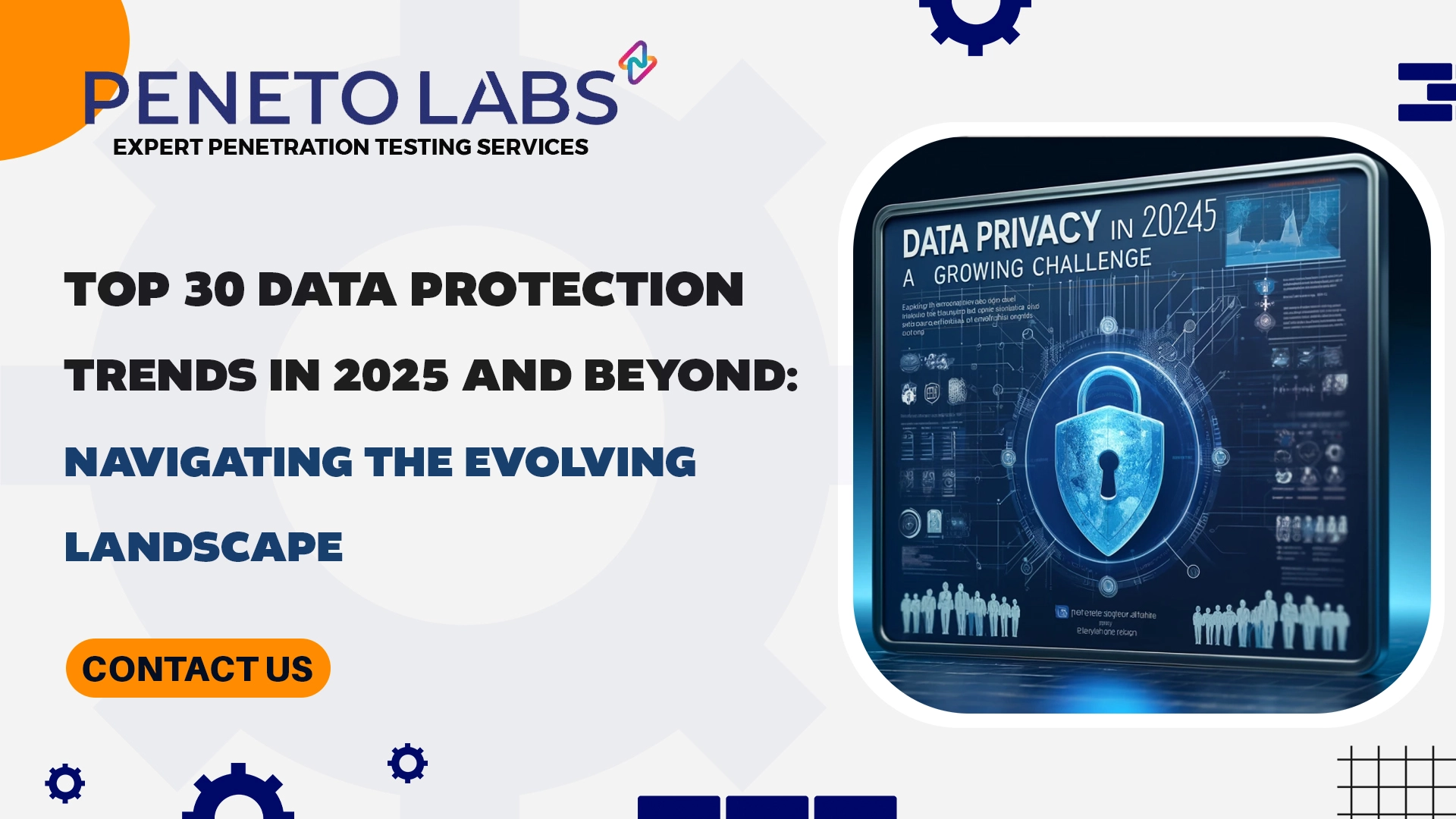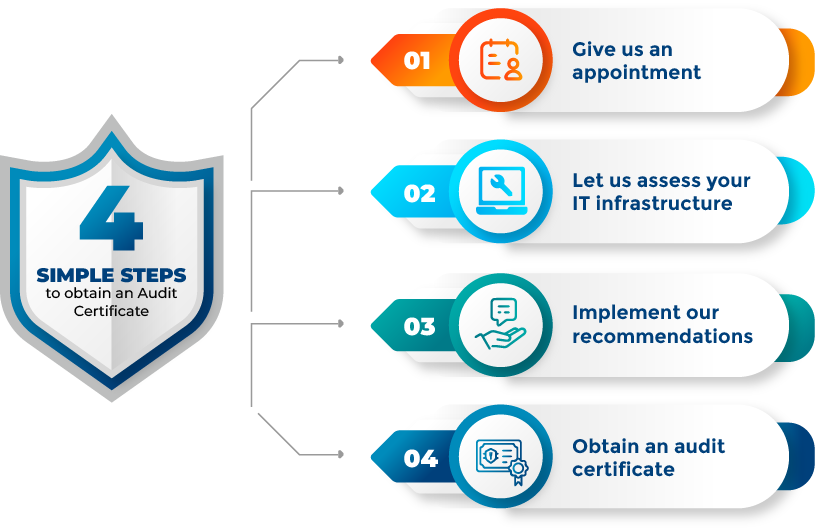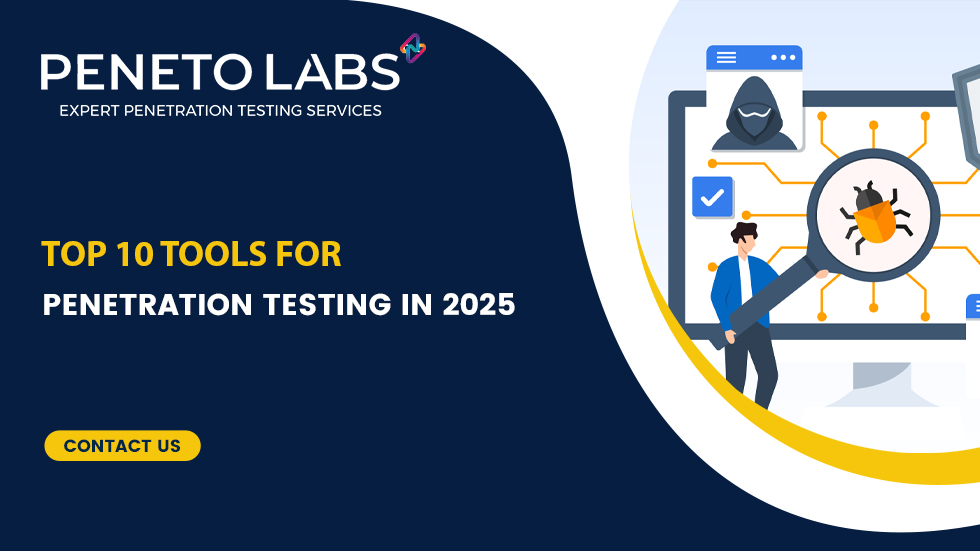
Top 10 Tools for Penetration Testing in 2025
by Pradeep R | Jan 30, 2025 | Penetration Testing
Top 10 Tools for Penetration Testing in 2025

As cyber threats continue to evolve, organizations are more focused than ever on securing their digital assets. Penetration testing, also known as ethical hacking, plays a crucial role in identifying vulnerabilities before malicious actors exploit them. With 2025 around the corner, penetration testers have an array of advanced tools at their disposal. These tools streamline testing processes, enhance accuracy, and adapt to modern cybersecurity challenges.
In this detailed guide, we will explore the top 10 penetration testing tools for 2025, highlighting their features, benefits, and use cases.
What is Penetration Testing?
Penetration testing involves simulating cyberattacks on a system, network, or application to identify weaknesses that could be exploited. The objective is to strengthen security measures and ensure resilience against real-world threats. Penetration testers use various tools to perform tasks such as vulnerability scanning, exploit development, and report generation.
Types of Penetration Testing
To fully grasp the significance of penetration testing tools, it’s crucial to understand the various types of penetration testing. Each type focuses on different attack surfaces and vulnerabilities, ensuring comprehensive security coverage. Let’s dive deeper into the
key types of penetration testing
This type of penetration testing focuses on identifying vulnerabilities in an organization’s wired and wireless networks. These tests analyze components such as firewalls, routers, switches, and even virtual private networks (VPNs).
Scope: Identifies misconfigurations, unpatched software, and weak encryption protocols.
Common Vulnerabilities:
Open ports that provide unauthorized access.
Weak password policies.
Insecure network architectures.
Purpose: Protects the network infrastructure from external and internal attacks, ensuring data integrity and availability.
Network penetration testing is essential for businesses relying on interconnected systems and devices to prevent unauthorized breaches and downtime.
- Cross-Site Scripting (XSS): Allows attackers to execute malicious scripts in a user’s browser.
- SQL Injection: Exploits database vulnerabilities to access sensitive information.
- Broken Authentication: Exposes users to account takeovers.
- Purpose: Safeguards web applications from data theft, unauthorized access, and reputational damage.

Why Peneto Labs is the Best Choice for Mobile Application Penetration Testing?
- Peneto Labs is empanelled by CERT-In, our audit certifications come with the highest level of credibility.
- With certifications like OSCP, OSCE, GWAPT, GXPN, and CRT, Peneto Labs consultants bring world-class expertise to every assessment.
- Our assessments follow Proven Methodologies like OWASP, NIST, PTES, and MITRE, for high-quality results.
- Our assessments mimic Real-World Hacker Techniques, providing deeper insights into your organization's vulnerabilities
- Remediation-Focused Reports with clear, actionable insights that help you remediate issues.
- Trusted by brands like Aditiya Brila, Axis Finance, Federal Bank, GEOJIT, LYCA, etc.

With the surge in mobile applications, testing their security has become imperative. This type of penetration testing examines vulnerabilities in mobile apps across Android and iOS platforms.
Scope: Focuses on data storage, API communication, and device permissions.
Common Vulnerabilities:
- Data Leakage: Storing sensitive data in insecure locations.
- Insecure Communication: Using unencrypted channels for data transfer.
- Weak Authentication: Allowing unauthorized users to access apps.
Purpose: Ensures mobile apps protect user privacy, secure sensitive information, and maintain functionality.
Mobile penetration testing is particularly crucial for apps in finance, healthcare, and e-commerce.
As businesses increasingly adopt cloud technologies, ensuring the security of cloud-based infrastructure and services is paramount. Cloud penetration testing identifies vulnerabilities in public, private, and hybrid cloud environments.
Scope: Covers virtual machines, databases, storage solutions, and APIs hosted on the cloud.
Common Vulnerabilities:
Misconfigured storage buckets.
Insecure access controls.
Exposed credentials.
Purpose: Helps secure data stored in the cloud and ensures compliance with regulatory standards like GDPR and HIPAA.
Cloud penetration testing is vital for organizations handling sensitive data in remote environments.
Unlike other types, social engineering testing evaluates the human element of cybersecurity. It simulates real-world scenarios to test an organization’s susceptibility to manipulation and deception techniques.
Scope: Focuses on phishing emails, phone-based scams, and physical security breaches.
Common Vulnerabilities:
Employees falling for phishing attempts.
Weak organizational policies.
Lack of security awareness training.
Purpose: Identifies gaps in employee training and strengthens defenses against human-targeted attacks.
Social engineering testing is critical for fostering a security-conscious culture within organizations.
Don’t Let Hackers Win—Secure Your App Now!
Get our exclusive Web Security Checklist, and take the first step toward a safer web application!
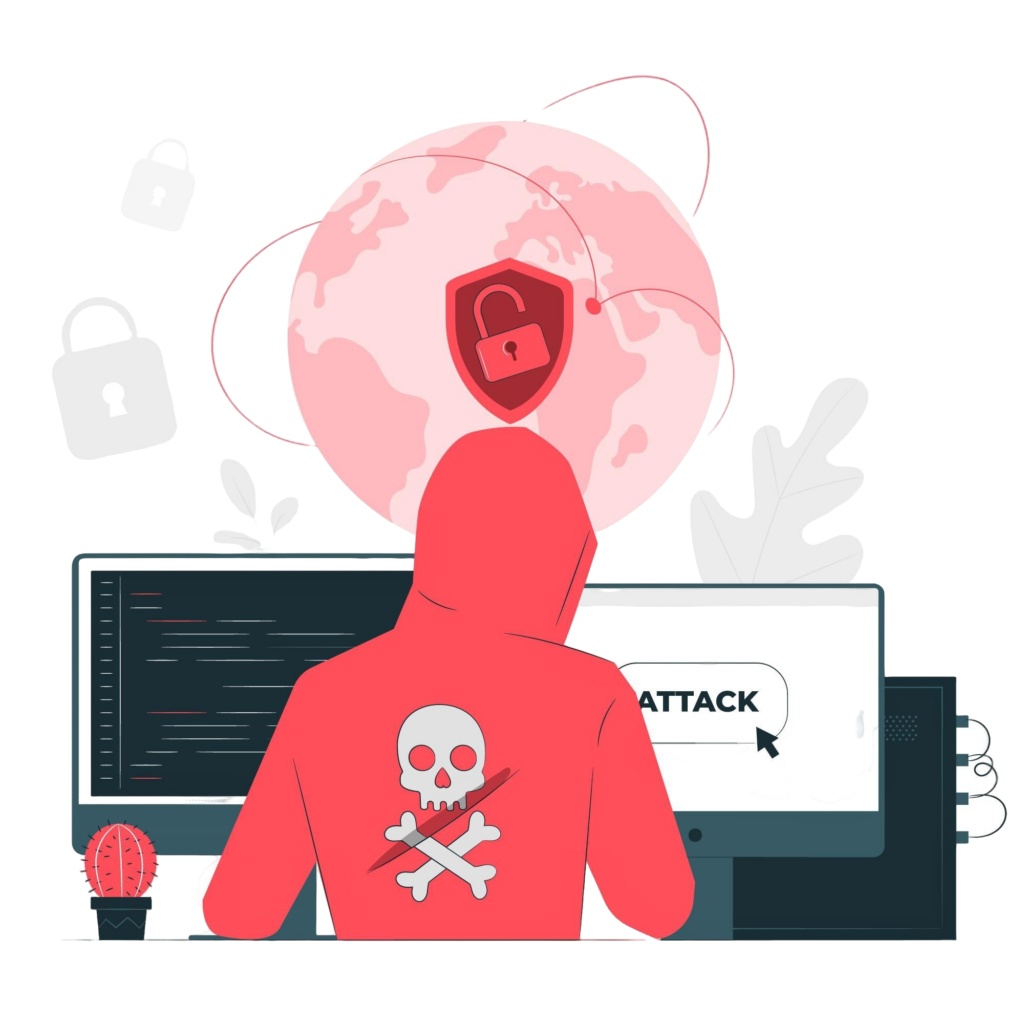
Why Are Penetration Testing Tools Important?
- Automate repetitive tasks
- Identify vulnerabilities quickly
- Simulate real-world attack scenarios
- Generate comprehensive reports
- Thousands of publicly available exploits
- Support for payload customization
- Integration with vulnerability scanners like Nessus
- Exploit development
- Security assessments
- Training and education
- Streamlines exploit discovery and testing
- Offers extensive documentation and community support
- Enables collaboration through shared workspaces
Metasploit continues to evolve with regular updates to its exploit library, ensuring relevance against new vulnerabilities. It is especially useful for testing emerging threats in critical infrastructure and IoT devices.
- Advanced web vulnerability scanner
- Intruder module for automated attacks
- Repeater for manual request testing
- Testing web application security
- Detecting SQL injection, XSS, and CSRF vulnerabilities
- Analyzing HTTP traffic
- Offers customizable scanning profiles
- Supports integration with CI/CD pipelines for DevSecOps workflows
- Provides detailed and actionable reports
With web applications becoming increasingly complex, Burp Suite’s enhanced automation and AI-driven insights make it a top choice. Additionally, its collaboration features help teams address vulnerabilities more efficiently.
It is widely used for network reconnaissance and vulnerability assessment.
Features:
- Host discovery
- Port scanning
- Service and OS detection
Use Cases:
- Mapping network topology
- Identifying open ports
- Detecting misconfigured firewalls
Benefits:
- Provides extensive customization through scripts (Nmap Scripting Engine)
- Offers high-speed scanning for large networks
- Generates detailed and exportable scan results
Nmap’s reliability and scalability make it suitable for testing networks of all sizes, including cloud-based infrastructures. Its ability to adapt to emerging network technologies ensures its continued relevance.
- Deep packet inspection
- Protocol decoding
- Customizable filters
- Monitoring network traffic
- Identifying suspicious activity
- Diagnosing network issues
- Supports an extensive range of protocols
- Offers real-time analysis and visualization tools
- Enables secure analysis through encrypted traffic decoding
As network-based attacks increase, Wireshark’s ability to dissect traffic at granular levels is invaluable. Its role in identifying advanced persistent threats (APTs) and anomalies makes it a must-have tool.
- Automated and manual testing capabilities Built-in proxy for traffic interception Integration with CI/CD pipelines
- Detecting vulnerabilities in web applications
- Intercepting and modifying HTTP requests
- Integrating security testing into development workflows
- Free and open source with regular updates
- Backed by the OWASP community
- Offers an easy-to-use interface with advanced options for experts
OWASP ZAP’s ease of use and community-driven updates make it a reliable choice for securing web applications. Its growing plugin ecosystem ensures compatibility with emerging technologies.
- Features:
- Automated scanning
- Customizable scan policies
- Detailed reporting
- Identifying vulnerabilities in systems
- Compliance auditing
- Prioritizing remediation efforts
- Covers a wide range of systems and configurations
- Provides real-time vulnerability updates
- Offers integrations with SIEM tools
With its robust scanning capabilities, Nessus ensures comprehensive vulnerability detection in modern IT environments. Its focus on regulatory compliance makes it a favorite among enterprises.
- Packet capture and analysis
- Password cracking
- Injection testing
- Securing wireless networks
- Cracking WEP and WPA keys
- Conducting replay attacks
- Supports multiple wireless protocols
- Offers high-speed key cracking
- Provides tools for real-world attack simulations
As wireless networks become more prevalent, Aircrack-ng’s capabilities are critical for securing Wi-Fi environments. Its adaptability to new wireless standards ensures its longevity.
John the Ripper is a fast password cracking tool used to test password strength and recover lost credentials.
Features:
- Multi-platform support
- Extensive password hash formats
- Customizable cracking rules
Use Cases:
- Identifying weak passwords
- Cracking encrypted files
- Conducting brute force attacks
Benefits:
- Offers efficient and flexible password cracking
- Supports distributed computing for faster results
- Provides detailed password analysis
With advancements in encryption, John the Ripper’s speed and flexibility make it a vital tool for penetration testers. Its ability to test against modern hashing algorithms is crucial.
SQLmap automates the detection and exploitation of SQL injection vulnerabilities, making it a favorite among penetration testers.
Features:
- Automatic detection of SQL injection flaws
- Database fingerprinting
- Data extraction and user enumeration
- Testing database security
- Validating input sanitization
- Conducting database penetration testing
- Highly customizable with scripting capabilities
- Supports a wide range of databases
- Offers advanced exploitation techniques
As data breaches via SQL injection remain a top threat, SQLmap’s automation and precision are indispensable. It is particularly useful for testing large-scale enterprise databases.
Kali Linux is not a single tool but a complete penetration testing platform that comes preloaded with hundreds of tools. It is the go-to operating system for cybersecurity professionals and ethical hackers.
Features:
- Pre-installed with over 600 penetration testing tools
- Customizable to suit specific needs
- Frequent updates for tools and kernel
Use Cases:
- Comprehensive penetration testing
- Security research
- Cybersecurity training and education
Benefits:
- Centralized platform for all penetration testing needs
- User-friendly interface and extensive community support
- Portable with versions for USB live boot and ARM devices
Kali Linux continues to dominate as the most versatile platform for penetration testing. Its ability to adapt to new tools and technologies ensures its position as a cornerstone of ethical hacking.
How to Choose the Right Penetration Testing Tool?
Penetration testing, or pen testing, plays a crucial role in identifying and mitigating security vulnerabilities in your systems, applications, or networks. However, the effectiveness of a penetration test depends on the tools used.
Choosing the right tool requires careful consideration of your specific needs, expertise level, and budget. Below, we outline key factors to guide you in selecting the most appropriate penetration testing tool.
Before choosing a tool, it is essential to have a clear understanding of what you aim to achieve through penetration testing. Are you testing for network vulnerabilities, web application security, or endpoint protection? Different tools are optimized for different tasks.
For example, Burp Suite is ideal for testing web applications, while Nmap excels in network scanning and discovery. Clearly defined objectives will help you narrow your choices and select a tool tailored to your requirements.
Compatibility is a critical factor when selecting a penetration testing tool. Ensure that the tool can integrate seamlessly with your system, application, or network environment. Some tools are platform-specific, while others work across multiple operating systems.
For instance, Kali Linux is a Linux-based distribution specifically designed for penetration testing, while Metasploit works across Windows, Linux, and macOS. Assess whether the tool aligns with your current infrastructure to avoid unnecessary roadblocks during testing.
Ease of use is particularly important, especially for teams with varying levels of expertise. Some tools, like OWASP ZAP (Zed Attack Proxy), are beginner-friendly and come with extensive documentation and user guides, making them accessible even to those new to penetration testing.
On the other hand, tools like Wireshark and Metasploit Framework might require advanced knowledge of cybersecurity concepts and protocols. If your team has limited expertise, prioritize tools that are intuitive or offer comprehensive training and support.
Budget is a key factor in any decision-making process. Some penetration testing tools are open-source and free to use, making them an excellent choice for smaller organizations or teams with limited resources.
Tools like OWASP ZAP and Kali Linux fall into this category and provide robust functionalities at no cost. Conversely, premium tools like Burp Suite Professional and Core Impact require financial investment but often offer advanced features, better performance, and dedicated support. Evaluate the cost-to-benefit ratio based on your specific needs.
Tools with active communities are more likely to receive regular updates, bug fixes, and support. Open-source tools like Metasploit, Kali Linux, and OWASP ZAP benefit from vibrant user communities that contribute to their development and share best practices.
Active forums and documentation can be a valuable resource, especially when troubleshooting issues or learning to use the tool effectively.
Whenever possible, test the tool in a non-production environment before committing to it. Many premium tools offer free trials, while open-source tools can be downloaded and tested without obligation.
This hands-on approach allows you to evaluate whether the tool meets your specific requirements and works seamlessly within your environment.
Choosing the right penetration testing tool is a nuanced process that depends on your objectives, technical requirements, expertise level, and budget. Tools like Metasploit, Burp Suite, Kali Linux, and OWASP ZAP each have unique strengths and weaknesses. By carefully defining your goals, assessing compatibility, and considering factors like ease of use and community support, you can select a tool that enhances your cybersecurity posture and helps you identify vulnerabilities effectively.
The Future of Penetration Testing Tools
- Artificial Intelligence Integration: Tools leveraging AI to identify vulnerabilities faster and adapt to novel attack vectors.
- Cloud Penetration Testing: Increased focus on securing cloud infrastructures and SaaS platforms.
- IoT Security Tools: Addressing vulnerabilities in the growing Internet of Things ecosystem.
- Enhanced Automation: Streamlining workflows with automation to improve efficiency and scalability.
Why Choose Penetolabs for Penetration Testing?
At Penetolabs, we specialize in providing comprehensive penetration testing services that ensure your organization is safeguarded against evolving cyber threats.
Here’s why Penetolabs stands out as your trusted partner in penetration testing:
With years of experience in the cybersecurity domain, Penetolabs brings a wealth of knowledge and technical expertise to every engagement. Our team of certified ethical hackers and penetration testers is well-versed in the latest tools, methodologies, and threat landscapes, enabling us to uncover vulnerabilities that might otherwise go unnoticed.
We understand that every organization is unique, and so are its security needs. That is why we take a customized approach to penetration testing, aligning our strategies with your specific goals, infrastructure, and industry requirements. Whether you need network, web application, or mobile app testing, our solutions are designed to address your precise security challenges.
At Penetolabs, we leverage industry-leading tools such as Burp Suite, Metasploit, Kali Linux, and more, combined with advanced manual testing techniques. This hybrid approach ensures comprehensive coverage, enabling us to identify vulnerabilities that automated tools might miss.
Our penetration testing services adhere to globally recognized standards and frameworks, such as OWASP, NIST, and PCI DSS. By partnering with Penetolabs, you can ensure your organization not only strengthens its security posture but also meets compliance requirements essential for regulatory and business success.
We do not just identify vulnerabilities; we empower you to fix them. Our detailed yet easy-to-understand reports provide a clear overview of the findings, risk levels, and prioritized remediation steps. We work closely with your team to ensure swift resolution and improved security practices moving forward.
Cyber threats are constantly evolving, and staying ahead of attackers is critical. Penetolabs helps you proactively identify weaknesses before malicious actors exploit them. Our proactive approach minimizes the risk of breaches and ensures long-term security.
We believe robust cybersecurity should be accessible to all organizations, regardless of size. Penetolabs offers competitive pricing without compromising the quality of our services. From startups to large enterprises, we deliver value-packed solutions tailored to your budget.
We understand the sensitive nature of penetration testing. At Penetolabs, we prioritize confidentiality and follow strict non-disclosure agreements (NDAs) to protect your data and business reputation. You can trust us to handle your information with the utmost professionalism.
Cybersecurity does not take a day off, and neither do we. Our team provides ongoing support and guidance throughout the engagement, ensuring your questions are answered and your security concerns addressed promptly.
Penetolabs is more than a service provider; we are your strategic partner in strengthening your cybersecurity defenses. With our expertise, tailored approach, and commitment to excellence, we help you uncover and address vulnerabilities, enabling your business to operate with confidence in today’s digital world.
Ready to secure your organization? Choose Penetolabs for penetration testing and experience the difference in proactive, reliable, and results-driven cybersecurity services.
Conclusion
Penetration testing remains a critical aspect of modern cybersecurity. The tools listed above represent the best options for penetration testers in 2025, each offering unique features and capabilities to address specific needs. By leveraging these tools, organizations can proactively secure their digital assets and stay ahead of evolving threats.
Whether you are a seasoned professional or a beginner in penetration testing, these tools will empower you to perform thorough security assessments and enhance your cybersecurity posture.

